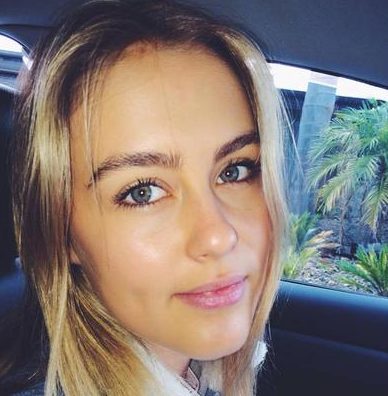Did you know the jewellery findings are known as the foundation of every single jewellery making process? Whether it is just for making a bracelet, necklace or anklets with your preferred choice, everywhere jewellery findings play an important role when it comes to the designing part of jewellery.
Ever wondered what are the necessary ingredients that are required for the creation of jewelleries that impress people, especially ladies with a brilliant look?
The term “jewellery findings” shouldn’t be referred to any sort of bead, gemstone or stringing material that are used in pieces of jewelry. Instead, imagine something like bits and bobs that are used to hold together the beauty of any jewellery and give it the best possible jewellery shape.

Jewellery findings include small beads made of metal, paper, plastic, oxidized silver, and they can be cut and made into shape with crimps, or by using any efficient hand tool.
What are the types of jewellery findings?
If you are absolutely new in the field, knowing the types of jewellery findings can be pretty confusing to you. There are also varieties of the different finish types; Choose from high quality bead caps, small plastic and metallic buttons, end caps, tubes and other embellishments to design and customize your best jewellery.
There are almost hundreds of varieties of jewellery findings that are absolutely safe, secure and enhance the beauty of a jewellery.
Coming to talk about the types, they are headpins, eye pins, jump rings, and crimp beads as well.
What is the main purpose of using jewellery findings?
There are varieties of the purpose of using jewellery findings in the process of jewellery making. Under this section, we are going to talk about the different jewellery findings one by one and highlight the uses:
- Bails: Bails are mainly used for making a pendant or a chain. Have you ever seen a ball-type material attached in the middle of the chain that gives it look of a pendant? This is where bails come into the picture as enhancing a chain’s look. People also buy clasps for leather, links, jump rings and split rings, headpins and eye pins for designing the most intricate parts of jewellery.
- Chandeliers: In order to have a proper understanding of chandeliers, imagine it as an earring connector. With the help of chandeliers, a jewllery maker can craft beautiful earrings. In case you are wondering the exact place to use it, you can add the chandeliers on a headpin that would work as a connector in between the holes of an earring.
- Clasps: Clasps are one of the most commonly used jewellery findings and they are specially used for making necklaces or bracelets. A clasp works efficiently in holding the two ends of a bracelet together so that both the sides don’t get loosen up anytime.
- Earwires: As the name already suggests, earwires are specially used for making earrings. The best part about the earwires is they can easily get fit into to any pierced ear. Also they can be used along with beads metal components and even stylish buttons to give the earrings a different style.
Apart from the above-mentioned jewellery findings, such as- head and eye pins, jump rings, links and connectors, cord and ribbon ends, and many more. In fact, designers and even homemakers now make impeccable jewellery pieces which they buy online.
Online designer jewellery kits are available with Swarovski beads and they can also go through online jewellery making classes to know more.
Jewellery findings are extremely useful and undoubtedly, they can be considered as a great addition to spice up the look of any jewellery no matter which type you want it to be formed.
- Tips For Balancing Motherhood and a Business - February 15, 2024
- The Science Behind Skinceuticals C E Ferulic: How It Works - January 15, 2024
- 06 Stunning Budget-Friendly Outdoor Christmas Decoration - December 11, 2023










Leave a Reply
You must be logged in to post a comment.